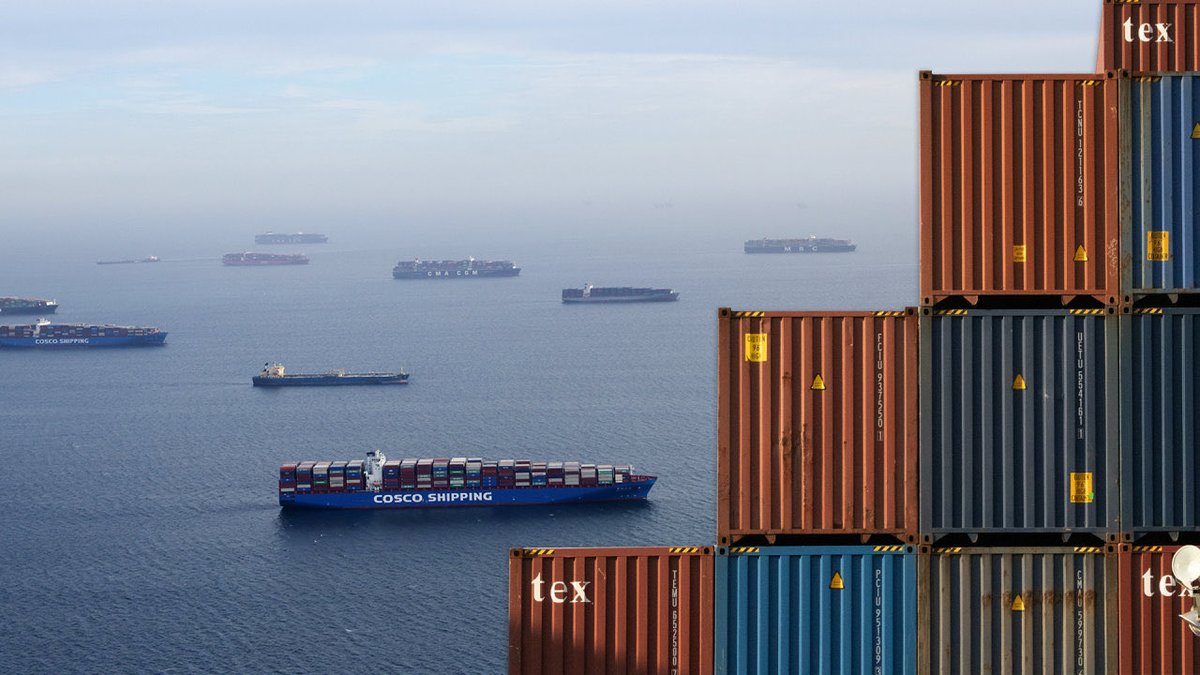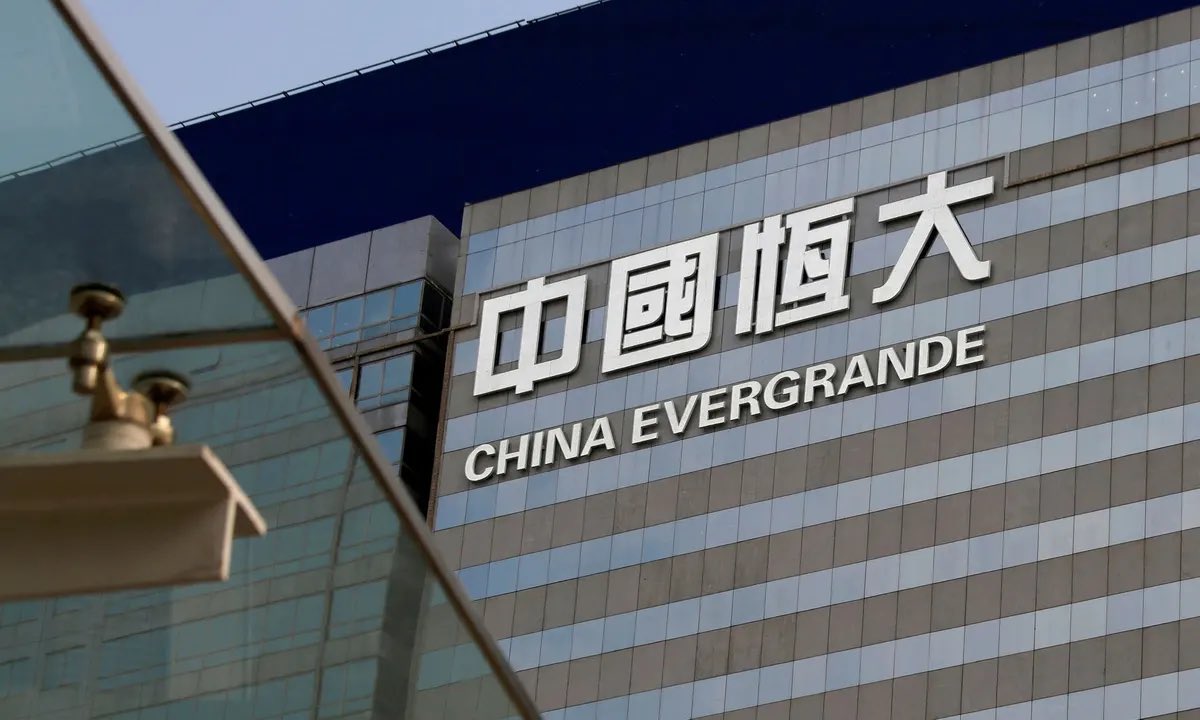
China is facing a severe energy crisis that threatens to compound supply chain woes and derail the global recovery.
Here’s a simple breakdown of the situation:
Here’s a simple breakdown of the situation:

1/ With Evergrande and supply chain disarray stealing the spotlight, a growing energy crisis has (mostly) flown under the radar.
China is feeling the pain, but the contagion is poised to spread globally.
This thread provides a simple framework for understanding the key drivers:
China is feeling the pain, but the contagion is poised to spread globally.
This thread provides a simple framework for understanding the key drivers:
2/ What are the visible impacts of China's energy crisis?
More than half of China's mainland provinces have been forced to limit electricity usage due to shortages.
The largest industrial provinces are facing cuts just as they try to dig their way out of the supply chain woes.
More than half of China's mainland provinces have been forced to limit electricity usage due to shortages.
The largest industrial provinces are facing cuts just as they try to dig their way out of the supply chain woes.

3/ Globally, widespread concerns over rising coal and natural gas prices (the latter of which deserves its own thread in the future) are causing a stir.
Policymakers are expressing real angst over the ability of their countries to adequately heat homes as winter months approach.
Policymakers are expressing real angst over the ability of their countries to adequately heat homes as winter months approach.

4/ In attempting to understand the situation, it's important to understand that the economy is an interconnected web of activity.
Nothing happens in a vacuum.
This means that an energy crisis in China is not just about China—it has a complex set of causes and effects.
Nothing happens in a vacuum.
This means that an energy crisis in China is not just about China—it has a complex set of causes and effects.
5/ In this situation, China's crisis is primarily related to coal.
While out of vogue, coal remains a key source of electric power globally.
The science for dummies: Coal is burned, the heat boils water and produces steam, which drives a turbine, which produces electricity.
While out of vogue, coal remains a key source of electric power globally.
The science for dummies: Coal is burned, the heat boils water and produces steam, which drives a turbine, which produces electricity.

6/ To dissect the coal-driven crisis (and its ripple effects), we need a simple framework.
Let's turn back to our Econ 101 classic: Supply & Demand.
Supply is everything related to energy production. Demand is everything related to energy consumption.
I'll cover each side:
Let's turn back to our Econ 101 classic: Supply & Demand.
Supply is everything related to energy production. Demand is everything related to energy consumption.
I'll cover each side:
7/ First, demand.
This is relatively straightforward: demand for coal (and the electricity it produces) is very high (and rising).
The robust global recovery from COVID—and the resulting impact on goods manufactured in China—is one key driver.
This is relatively straightforward: demand for coal (and the electricity it produces) is very high (and rising).
The robust global recovery from COVID—and the resulting impact on goods manufactured in China—is one key driver.

8/ Domestic residential coal-powered electricity demand is also up, with a hot summer and lower than normal hydroelectric production.
This latter point is worth noting, as it's a supply constraint in one area (hydroelectric) creating a demand surge in another (coal electricity).
This latter point is worth noting, as it's a supply constraint in one area (hydroelectric) creating a demand surge in another (coal electricity).
9/ Next, supply.
This one is more complex, with several distinct—yet interconnected—dislocations.
The main supply dislocations that I see here are:
(1) Coal Shortages
(2) Import Restrictions
(3) Utility Price Fixing
(4) CCP Emissions Targets
Let’s cover each:
This one is more complex, with several distinct—yet interconnected—dislocations.
The main supply dislocations that I see here are:
(1) Coal Shortages
(2) Import Restrictions
(3) Utility Price Fixing
(4) CCP Emissions Targets
Let’s cover each:
10/ Coal Shortages
Global coal supply has been constrained.
Coal mines have faced COVID-related shutdowns.
Further, concerns over the PR risk of opening new coal production have held back new entrants.
Rising global coal prices haven't led to new supply entering the market.
Global coal supply has been constrained.
Coal mines have faced COVID-related shutdowns.
Further, concerns over the PR risk of opening new coal production have held back new entrants.
Rising global coal prices haven't led to new supply entering the market.

11/ Import Restrictions
While coal supply has been constrained, China has taken actions that have exacerbated the problem.
They cut Australian imports—previously 10% of Chinese coal consumption—over a political spat.
Similar story with Mongolia over anti-corruption crackdowns.
While coal supply has been constrained, China has taken actions that have exacerbated the problem.
They cut Australian imports—previously 10% of Chinese coal consumption—over a political spat.
Similar story with Mongolia over anti-corruption crackdowns.

12/ Utility Price Fixing
In China, utility companies face standard pricing set by the government.
This means they cannot raise prices when their input costs spike (as they have).
Utilities are often better off shutting production—which they have done—vs. producing at a loss.
In China, utility companies face standard pricing set by the government.
This means they cannot raise prices when their input costs spike (as they have).
Utilities are often better off shutting production—which they have done—vs. producing at a loss.
13/ CCP Emissions Targets
President Xi Jinping has made a public pledge to cut carbon emissions—with a goal to reach peak emissions by 2030.
Positive for the environment, but the policy has led to provinces instituting curbs and blackouts for energy-intensive businesses.
President Xi Jinping has made a public pledge to cut carbon emissions—with a goal to reach peak emissions by 2030.
Positive for the environment, but the policy has led to provinces instituting curbs and blackouts for energy-intensive businesses.

14/ So looking at all of this through my (admittedly) simplistic framework, here's what I see:
On one end, a structural surge in demand.
On the other end, a number of significant supply challenges and disclocations.
Yet again, we have demand up and supply down.
On one end, a structural surge in demand.
On the other end, a number of significant supply challenges and disclocations.
Yet again, we have demand up and supply down.
15/ The net impact: widespread energy shortages in China, sharp price increases, and continued production delays.
For supply chains, this means continued woes.
For consumers, this means rising prices.
In our interconnected economy, nobody is insulated from this disruption.
For supply chains, this means continued woes.
For consumers, this means rising prices.
In our interconnected economy, nobody is insulated from this disruption.
16/ I hope this simple breakdown helps you feel more well-informed about the coming energy crisis.
Follow me @SahilBloom for more threads on business and finance.
I’ll be doing a deep-dive on this in my newsletter. Subscribe so you don’t miss it! sahilbloom.substack.com
Follow me @SahilBloom for more threads on business and finance.
I’ll be doing a deep-dive on this in my newsletter. Subscribe so you don’t miss it! sahilbloom.substack.com
17/ For more, I highly recommend the below articles, which also supplied several of the charts:
wsj.com/articles/china…
bloomberg.com/news/articles/…
bloomberg.com/news/storythre…
wsj.com/articles/china…
bloomberg.com/news/articles/…
bloomberg.com/news/storythre…
18/ And if you are a job seeker aiming to level up in your career, check out my job board, where I curate roles at high-growth companies in finance and tech.
New roles every week! pallet.xyz/list/sahil/jobs
New roles every week! pallet.xyz/list/sahil/jobs
19/ Here was the thread I shared last week on the global supply chain crisis, which is highly-intertwined with this energy crisis.
https://twitter.com/SahilBloom/status/1442499701551419392
20/ This was also an excellent piece from my friend @man_integrated: fortisanalysis.substack.com/p/coal-for-chr…
@elonmusk what’s the impact of China’s energy crisis on Tesla in the near-term?
Newsletter deep-dive and audio version will hit inboxes tomorrow.
Join 36,500+ others and subscribe now so you don’t miss it! sahilbloom.substack.com
Join 36,500+ others and subscribe now so you don’t miss it! sahilbloom.substack.com
Newsletter deep-dive is live in your inboxes and ears! Please read, listen, share, and subscribe:
https://twitter.com/sahilbloom/status/1445363406538674183
• • •
Missing some Tweet in this thread? You can try to
force a refresh










